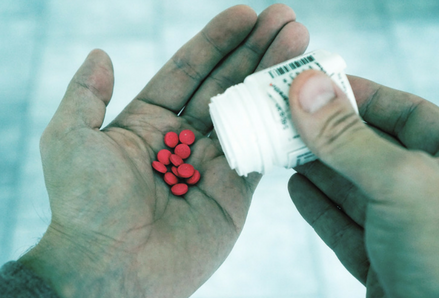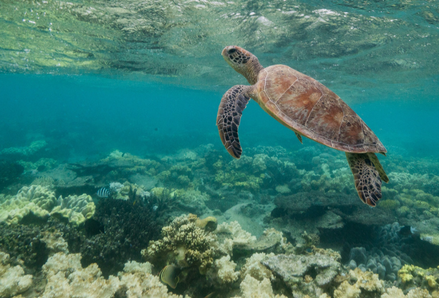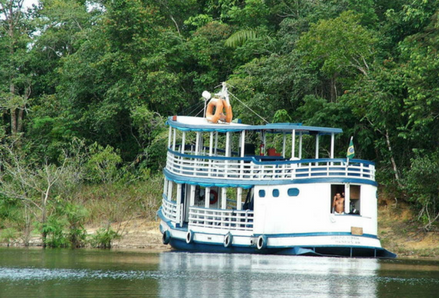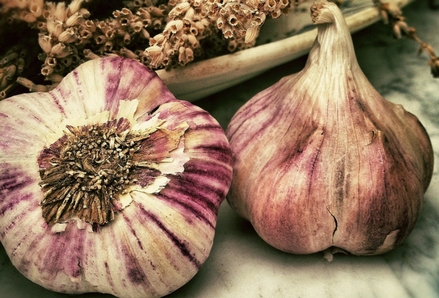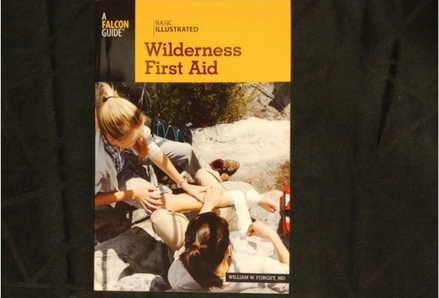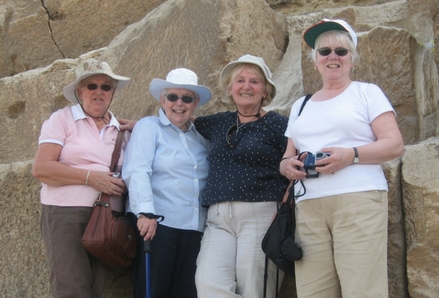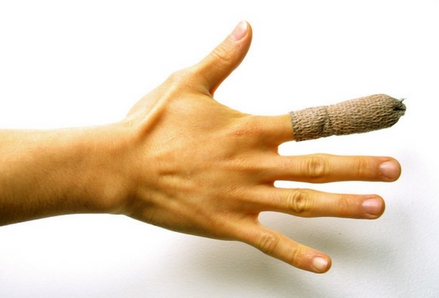This article is part of our regular travel and global health news round-up. Finding safe medicines abroad is a commonly-overlooked part of trip planning. Whether you take prescription medication or need over-the-counter medicine to treat an unexpected illness, it’s important to be aware of how to find safe, good quality medication when you’re travelling. Travel and safe medicines We were saddened by the news of two young travellers who died in Cambodia last month. The travellers were ill and had gone to a pharmacy for medication but were later found unresponsive in their hostel room. Their deaths are currently being investigated. Our thoughts are with their families. In a CBC News article about this case, Dr. Pierre Plourde of ...
